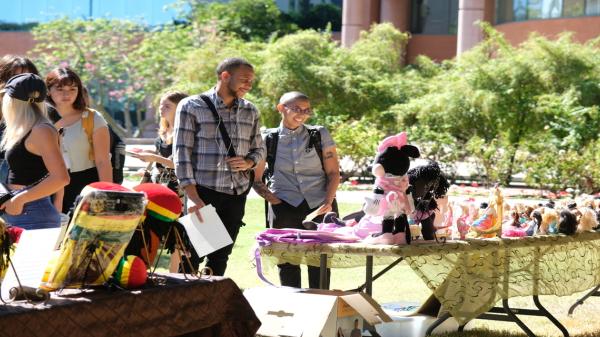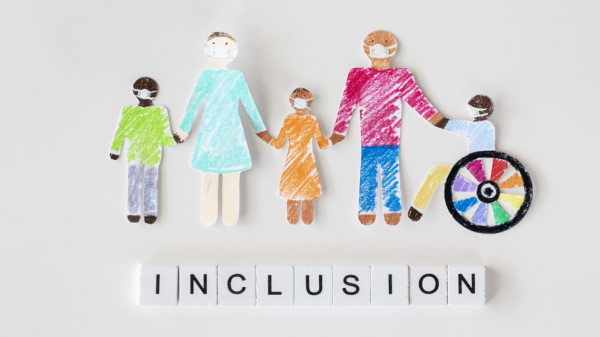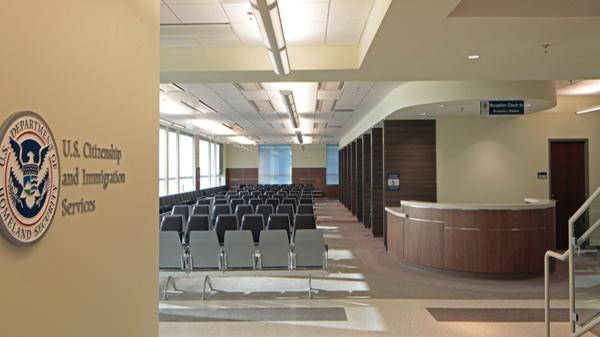Social Justice through Things and Stuff (Event Follow-Up Interview with Visiting Scholar Mojwadi Gosiame)

Books are not the only way to understand and access Truth. On October 18, Project Humanities held an interactive outdoor exhibition to illustrate this notion, where Project Humanities Founding Director Dr. Neal A. Lester explained how and why artifacts are just as important tools of social justice as are books. Among the many attendees was Mojwadi Gosiame, a visiting Fulbright Distinguished International teacher, who was deeply moved by the eclectic arrangement, particularly by a doll of a little Black girl with Vitiligo.




